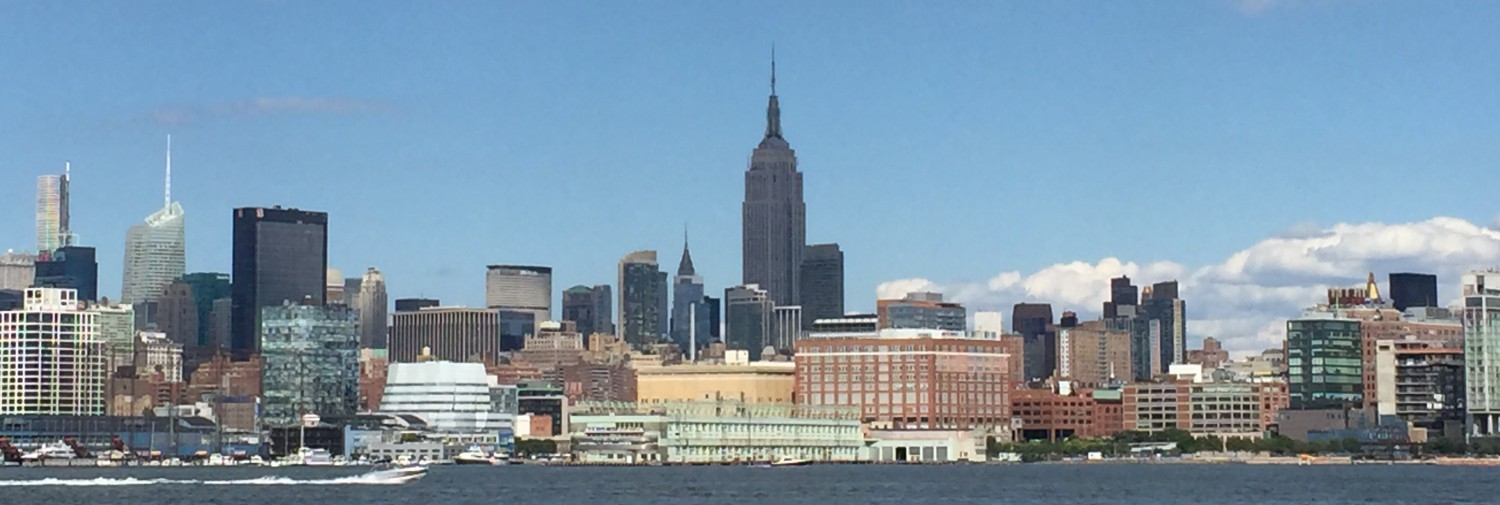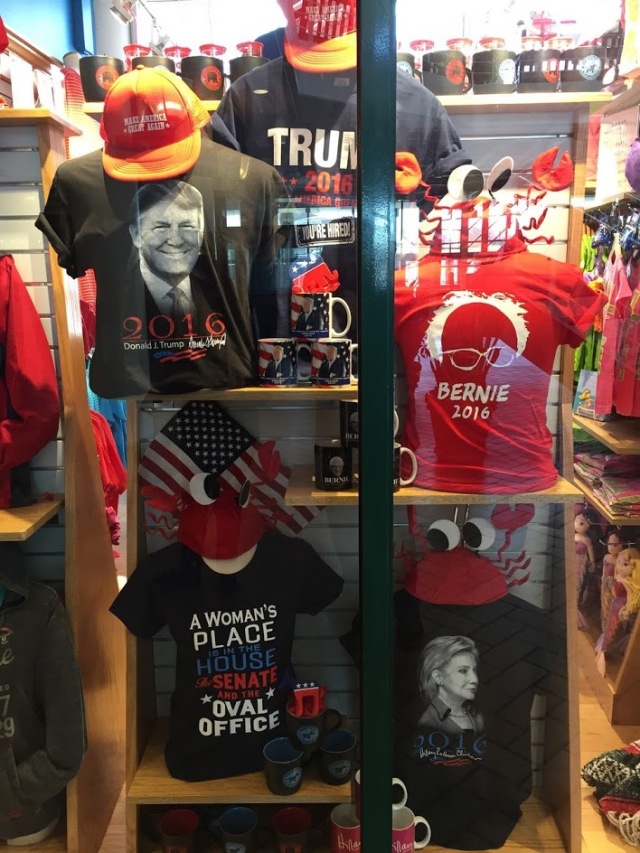
(continued from part one)
A 16-hour non-stop flight brought us from Hong Kong International to JFK, where we took our pre-booked limo (which, alongside the business class flight, would be our last luxury as “expats” before we became “immigrants”) to our AirBNB rental in Union City, New Jersey (more on that in my next post). As days went by and I emerged from my time capsule, I started noticing the changes America had undergone in the twelve years I’d been away. I’m not going to bore you with the stuff you probably already know (assuming you read the news, that is): Health care reform, legalization of gay marriage and (in certain states) pot, having the most awful presidential candidate roster ever, etc. This post is just a collection of some petty observations about what’s changed (or not) in everyday things in the U.S. since the early 2000s.
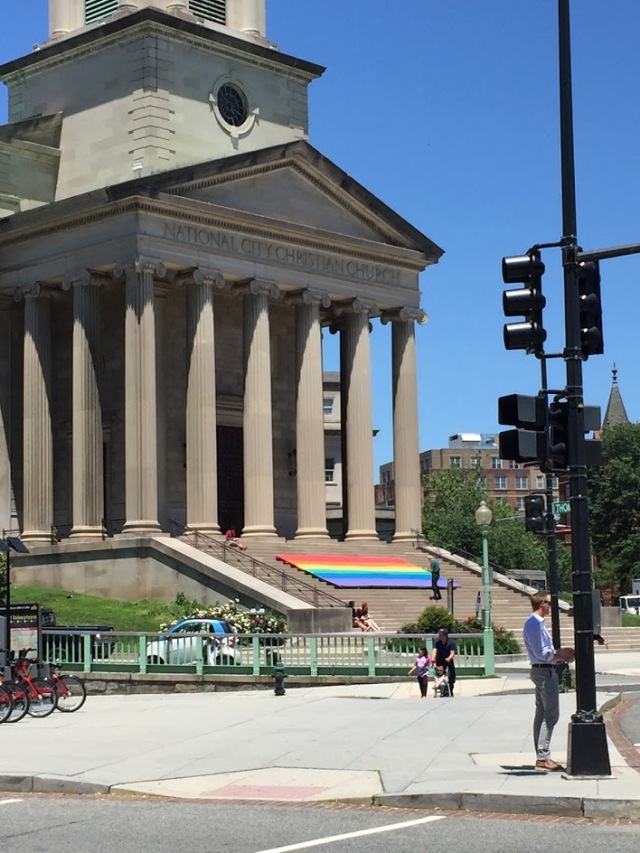
The LGBT community has gained a lot of rights. This flag on a church’s steps would have been unthinkable a couple of decades ago.
So, let’s start (insert Seinfeld music): “What’s the deal with salt in chocolate?” Not sure if this is a phenomenon that is taking any other country by storm, but around here someone seems to have pulled a Jedi mind trick on society to make them believe chocolate needs to taste salty. When I go to a grocery store, I now have to make a real effort to find “regular” chocolate. I wonder who started all of this and whether they are still collecting royalties for their brilliant idea. If I were the conspiracy theorist type, I might have said it must be the doing of the “salt lobby,” trying to push their product after sales fell due to people becoming more health-conscious and watching their sodium intake. The rationale I was given by some was that salt “helps bring out the sweetness/flavor of the chocolate.” I’m not sure I buy that argument. I just taste the regular flavor, plus the salt. I also didn’t realize we needed chocolate to taste even more flavorful. Salt madness has expanded beyond chocolate and into pretty much anything that’s supposed to be sweet; like cookies, cakes and ice cream. As a Turk, I naturally imagined what salty baklava would taste like, and almost gagged at the idea. But in this age of globalization, I’m sure some Turkish or Greek person will sooner or later jump on the bandwagon and make it (if they haven’t already).
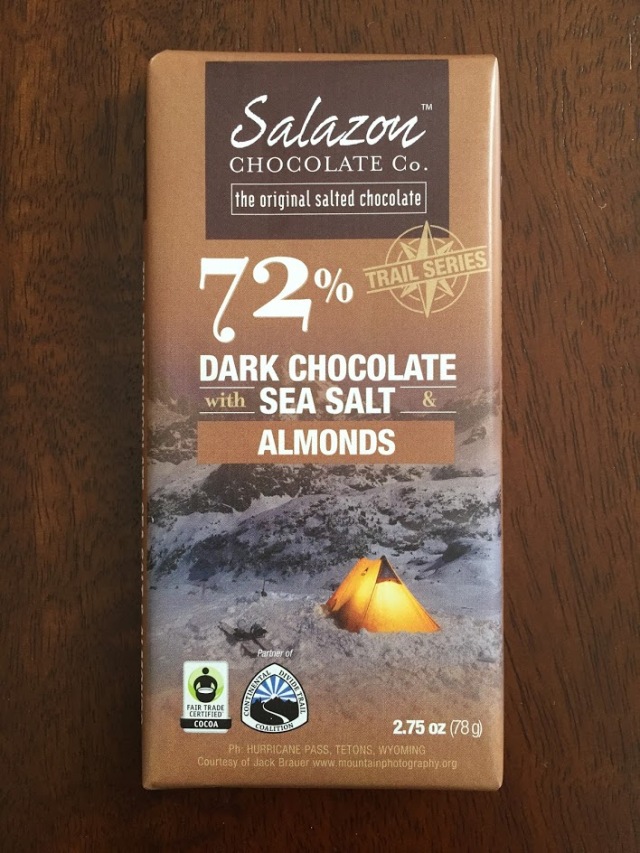
Gotta have the salt.
Something else that’s become fashionable in this country in recent times is facial hair. I realize this is not strictly an American phenomenon, but I have a feeling it might have started here, the birthplace of hipsterism, a key feature of which is of course a beard if you are a guy (other features include a yoga mat, thick-framed glasses and cold brew coffee). Wherever you go these days, including corporate offices, there are dudes with unshaven faces, sporting either the “urban rugged” stubble or the long, bushy beard that would have traditionally been associated with bums, hermits or the deeply pious. On the bright side, for someone like me who is cursed with a permanent five o’clock (or shall we say noon) shadow, the fact that a beard or stubble is no longer a big deal, whether at work or socially, is certainly good news. On the other hand, I’m wondering when people will realize that if everyone’s doing the same thing, it’s no longer cool. This reminds me of the nineties’ goatee epidemic, which thankfully ran its course and is now widely regarded as “not hip” in most of the world. I guess we’ll just have to wait this one out too, and brace for the next cringe-worthy fashion trend, whatever it may be. One can only hope it won’t be not bathing.
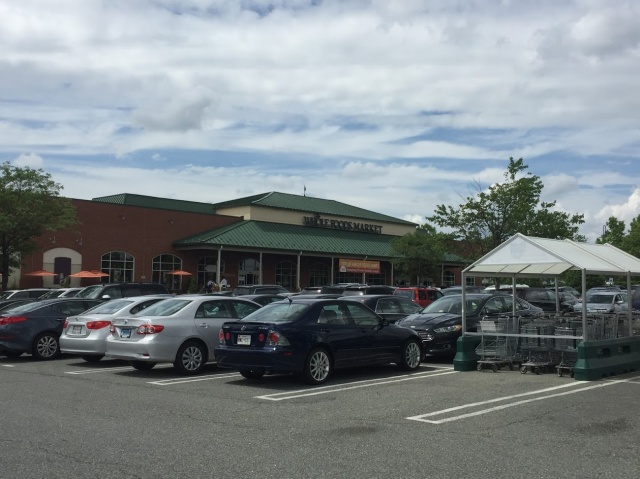
The fountain of health.
Having tattoos also seems to have become standard, almost to the point where it is a prerequisite for gaining social acceptance. Back in the day, it was the rare rebellious soul (or sailor, if you go even further back) who got tattoos, but nowadays every other person walking down the street has some sort of cliché art (flower, heart, skull, random geometric shape, etc. – thankfully not so much the anchor) or a pretentious word (like “presence” or “eternity”) permanently inscribed on their body. Bonus points if it is in another language (e.g. “lyubov” – “love” in Russian) and/or a foreign script, like Arabic or Chinese. At this point, let’s refer to the previous paragraph: if everyone’s doing the same thing, it’s no longer cool. If this trend continues, I’m predicting that in a few more years my tattoolessness will qualify me as unique and “cool.”
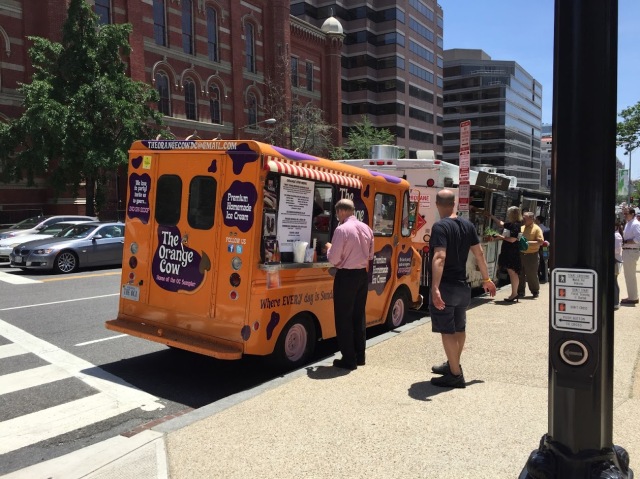
It’s the age of the food truck.
Let’s take a break from the rise of hipsterism for a minute. On a more somber topic, the public infrastructure has been allowed to fall apart pretty badly since the nineties, unless it was meant to be a deliberate, government-curated art installation on urban decay and its effects on modern society. I am aware there was a financial crisis in 2008-09 and it snows hard some winters too, but come on… Surely eight years should have been enough time to fix things up a little, in one of the world’s richest countries? Judging by the state of the NY and D.C. area rail systems, it looks like the neglect goes back even further than the beginning of the latest financial crisis. Roads in and around New York City these days are among the worst I have seen anywhere, and I’ve been to a lot of poor countries. In Manhattan, there are potholes the size of small craters. I have been hearing that many residents and drivers are suing the city to pay up for their car repairs. I don’t know how successful they have been so far, but someone somewhere will be paying higher insurance premiums, that’s for sure. As we speak, there is news that the Memorial Bridge in D.C. (“the nation’s capital,” as it’s affectionately called) might be downgraded to a footbridge soon, if necessary repairs are not carried out. The U.S. was never big on public transportation, but at least there used to be some reasonably well-maintained rail networks in the bigger cities up until a couple of decades ago. These days, things look like they haven’t been upgraded in twenty or thirty years, and that’s probably the case. I’m also quite sure I see more trash lying on the side of the road nowadays than I saw in the nineties. Ironically, the “New World” now feels pretty aged, and parts of the “Old World,” such as the Middle East and Asia (think Dubai, Singapore, and even Shanghai and Kuala Lumpur) have become a “New New World” of sorts. Looking around, I can totally understand the “make America great again” sentiment (even if I completely disagree with how that’s proposed to be accomplished).
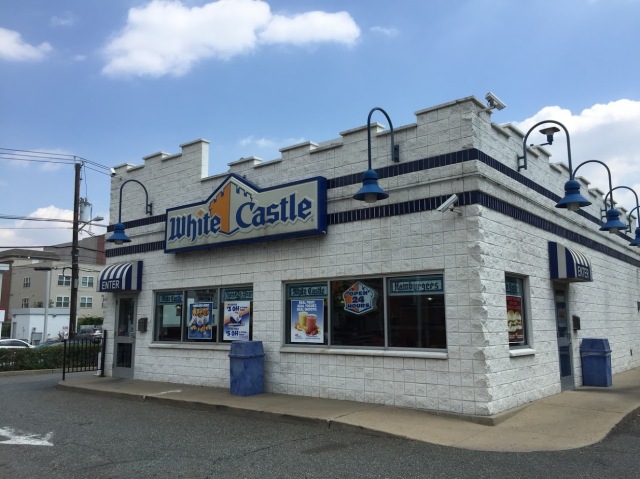
Nevermore.
In keeping with the theme of not keeping up with the rest of the world, America still hasn’t made much progress on transitioning into a paperless society. We’re in 2016, yet when you buy a movie ticket online, the computer screen says you have to bring a printout to the theater or else you won’t be able to get in – even though they bother to send an e-ticket with a QR code, which should easily be readable from the phone’s screen. It doesn’t make any sense. Whenever I pay a bill online, there is always a button in the confirmation screen prompting me to print the page. I’m guessing a lot of people actually do it. What for? I can easily find a past payment record in my email inbox if necessary. At work, people still unnecessarily bring printouts of their presentations to meetings. I had to tell my staff not to print anything for me, but just send me an electronic copy, which I can view on my computer screen when I need to. I got some e-coupons from the Post Office after we moved to Maryland. When I went to Target and showed one of the coupons on my phone’s display at checkout, the cashier told me she couldn’t accept it unless it was a printed copy. Having recently moved from Hong Kong, where many things are done electronically, printing it hadn’t even crossed my mind. So, it appears the “e-“ aspect of the coupon was only that it was emailed to me. Redeeming it wasn’t “e-“ at all. Speaking of coupons, we keep getting stacks of them in our mailbox almost on a daily basis, just like I used to do in the nineties when I first lived here, so nothing’s changed on that front. I think what we need is a law that would require any company sending promotional material to include a postage-paid card with an opt-out tick box that the recipient can mail back. Sort of like an “unsubscribe” option for physical mail. By the way, why do banks send so many credit card offers? And it’s always the EXACT SAME offer. The mindlessness of it is driving me nuts. It’s almost like they’ve analyzed their data and discovered that the average human cracks after the 18th time or something. Seriously, what the hell are they thinking? Are they hoping I will somehow take up their offer just to make the mails stop? Can’t they tell I’m not interested? After waiting for a year and allowing them to prove they are rational organizations, I finally gave up and called the government hotline (1-888-5-OPT OUT) to take my name off the prescreened credit card offers list for the next five years. Let’s see if it will work, or will malfunction like so many other government services.
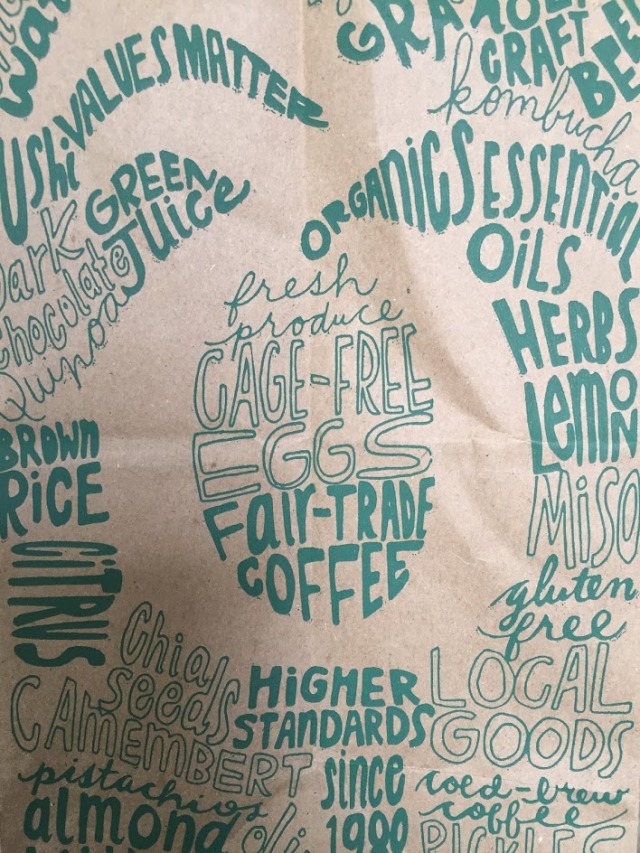
Hipster catchwords on Whole Foods bag.
Back to hipsterism: Eating and drinking options have become somewhat healthier and more interesting over the years. Every other thing is organic this and grass-fed that. Kale, kombucha, craft beer, sriracha sauce (a.k.a. “hipster Tabasco”) and Whole Foods have taken over. Sugary Snapple is out and “just a tad sweet” Honest Tea (our neighbors in Montgomery County, Maryland) is in. There’s even a healthier and higher-quality Taco Bell – it’s called Chipotle (which, unfortunately is struggling lately because no good deed goes unpunished). Bottom of the barrel fast food chains seem to have gotten less prominent. It’s refreshing to see that many people have traded restaurants like Subway for smaller chains, independent restaurants and food trucks (ultimate hipster). Talking about Subway, it must also not have helped that traces of “yoga mat plastic” were discovered in the chain’s breads (“We bake our own bread – with plastic.”) and their longtime spokesperson Jared turned out to be a pedophile. It does disappoint me though that the fast food chains of old have sunk in quality. In the old days, when the stuff was unhealthy as ever, it at least tasted really good, so going to a fast food restaurant was a guilty pleasure. Nowadays it’s pretty much just guilt. I have been crossing one restaurant after another off my list after having revisited them since returning to the U.S., as part of my trip down memory lane. I’m not exactly a young buck anymore, so it’s not like I was planning to eat fast food frequently, but when I did eat it, I was hoping it would at least taste as good as it did back then. I went to White Castle a little while ago and was really grossed out by the whole experience. First, the mini burgers were devoid of any flavor. I might as well have eaten dry bread. And who knew fries could have an aftertaste? I wonder if they fry them in margarine or I-can’t-believe-it’s-not-margarine or something. The seating area felt dirty, and the bathroom had a broken flush and no hand towels. The icing on the cake was the older woman by the cash registers who asked me to give her money. I rushed out of the place as fast as I could, vowing never to come back. I wonder if these chains were really any good in the first place, or if I glorified them back in the day because it was my first time living in the U.S. and American fast food was still considered “cool” around the world at that time.
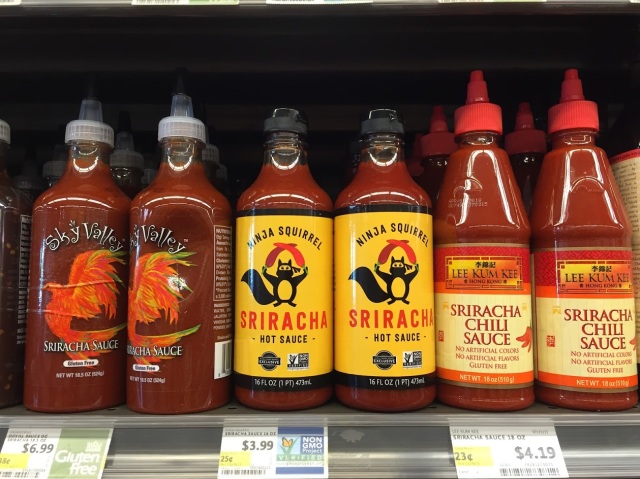
The most hipster of all condiments, Sriracha (should it even be capitalized?).
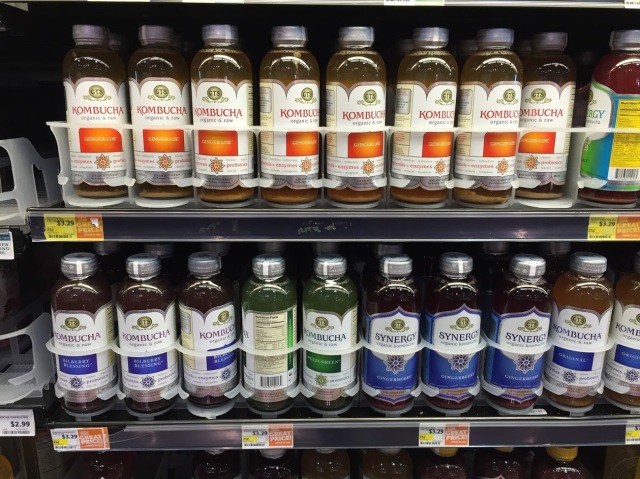
And here is kombucha. Anything’s cool if it ends with “-cha.”
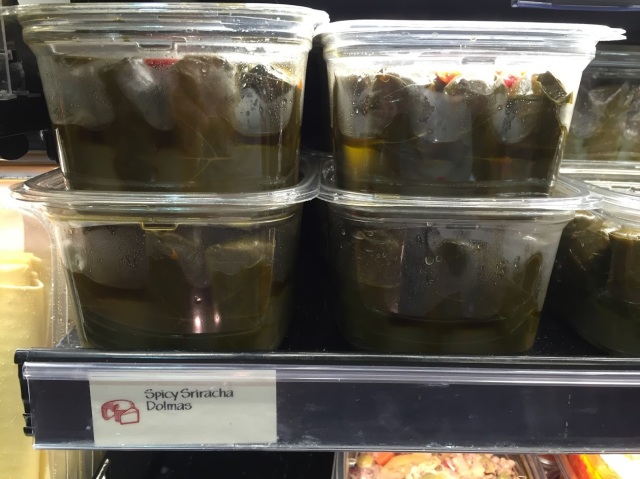
This is taking it too far.
It seems that at least part of the society have finally had it with the isolated, drive-five-miles-on-a-highway-to-buy-a-loaf-of-bread lifestyle that was so common only a few decades ago. Walking and walkable downtowns are “in” again. The strict partitioning of land for commercial and residential use and the resulting strip malls, cookie-cutter suburban communities and the car-dependent lifestyle were American inventions that never really took off elsewhere in the world, and for good measure. If this reversal is happening for real, I think it’s great. People, especially the hipster crowd are flocking in greater numbers to the once-abandoned city centers and livening things up – unfortunately also driving up rents and house prices in the process. Even planned suburban communities have pseudo “downtowns” nowadays where people can walk around, shop and eat on Main Street. It beats driving to a generic shopping plaza to eat at Olive Garden and pick up a month’s worth of supplies from the humongous anchor store if you ask me. Sure, I suppose it does make sense to buy some things in big quantities and at wholesale-ish prices, but now there is Amazon home delivery for shopping in bulk (no shipping charge if you have “Prime”), and it beats driving down to Costco and hauling all that crap home yourself. I quietly celebrated as I read the recent news that Wal-Mart was closing more than 150 stores nationwide. Shopping malls are also shutting down one after another. With walkable downtowns and online shopping becoming more prominent, I have this vision/wish that all those giant hypermarkets, malls and vast parking lots will one day be turned into mixed-use communities, each with its own unique soul, and any excess land either turned into parks or allowed to be reclaimed by nature.
Another positive change is that SUVs have shrunk over the years and something called the “compact SUV” has become the most popular type of personal motor vehicle. My wife and I are guilty of owning not one, but two of those things, but at least they are not gas guzzlers like the bigger beasts of old. Back in the nineties, size mattered. The bigger your SUV or truck, the cooler you were. It’s good to see that in the 21st century, America is a little less vain and a little more environmentally conscious.
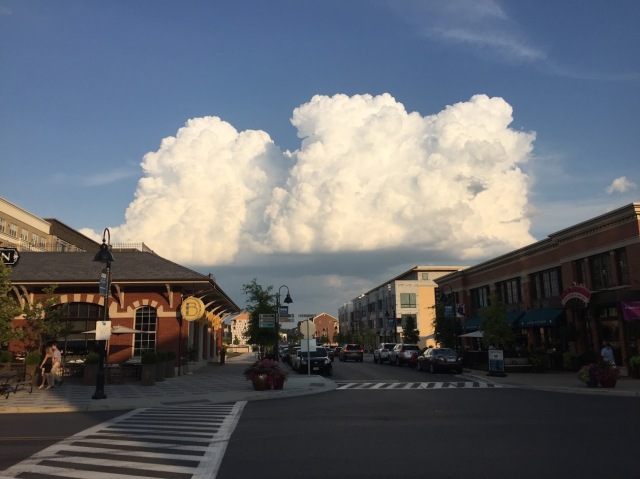
Crown (in Gaithersburg, MD), a brand new development with a walkable downtown. This is how the ‘burbs are built now.
Completely random: The Big Ten conference now has 14 members. What’s up with that? As a Nittany Lion I had always felt slightly uncomfortable about being the eleventh wheel, but with three more teams I think this has gone overboard. What’s Maryland doing in a primarily Midwestern conference anyway? I couldn’t believe it when I first heard it. Rutgers? Nebraska? Really?
Finally, switching to the world of business, it seems that most of corporate America has finally shed the tie completely. Back in my day, the standard was suit and tie Monday through Thursday and “business casual” (baggy, tan-colored Dockers with a button-down shirt) on Fridays. Today, business casual has become the norm, and in a lot of companies Fridays are full casual, meaning you can even wear jeans – just not shorts and Havaianas. For those, we may need to wait another decade or two. I’ve also noticed – or maybe I had just spent too much time cooped up in suburban office parks in smaller cities before – is that it’s now ok to have a glass of wine, or two, or three, at lunch before going back to the office. Granted, most lunches still consist of a sandwich, bag of chips and a soft drink, but when you go out for a team lunch or take a business partner out, it’s perfectly acceptable to share some alcohol. In the late nineties this was pretty much taboo and I remember discussing how “in Europe they have wine at lunch even on work days” like it was the stuff of legend. I don’t know if it’s Americans trying to become more “European,” or a real shift in the business culture, but whatever it is, I like this more liberal approach.
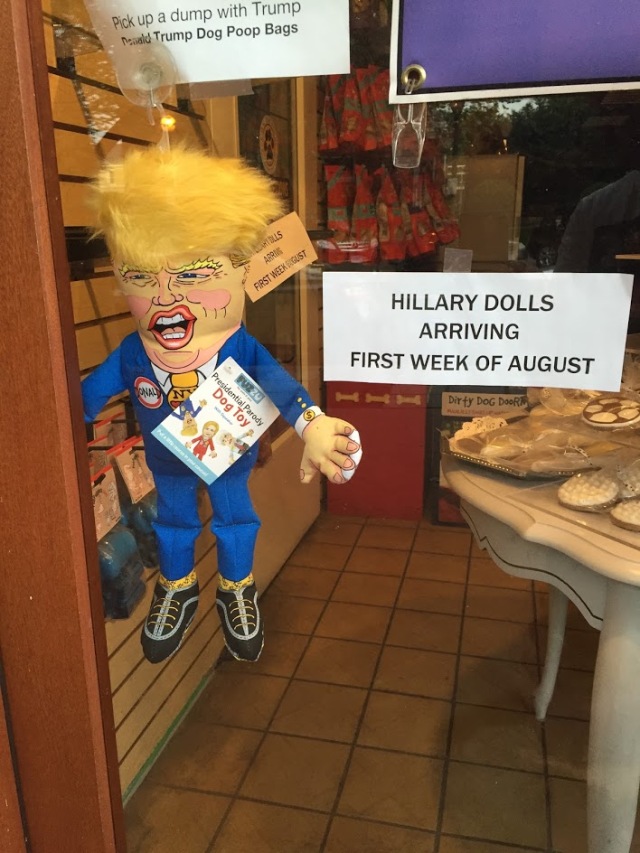
Make. It. Stop.
